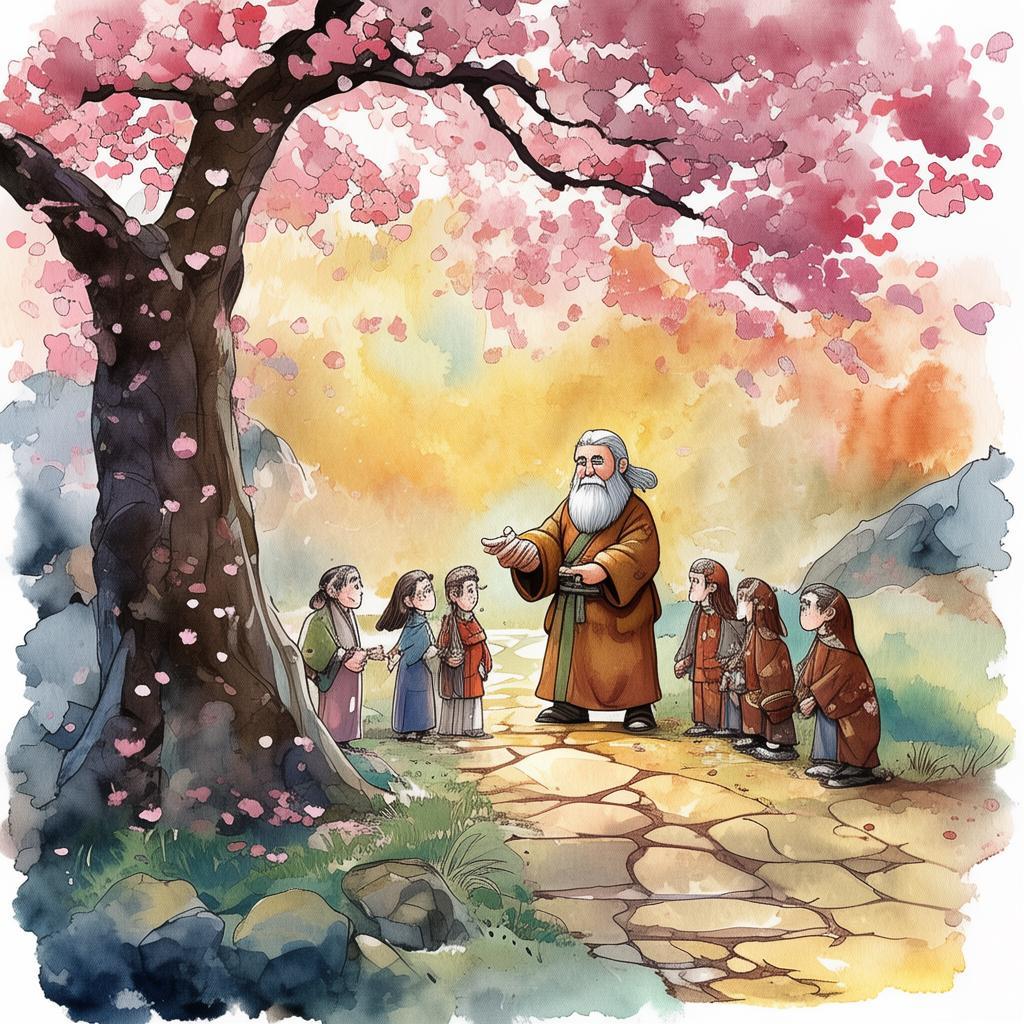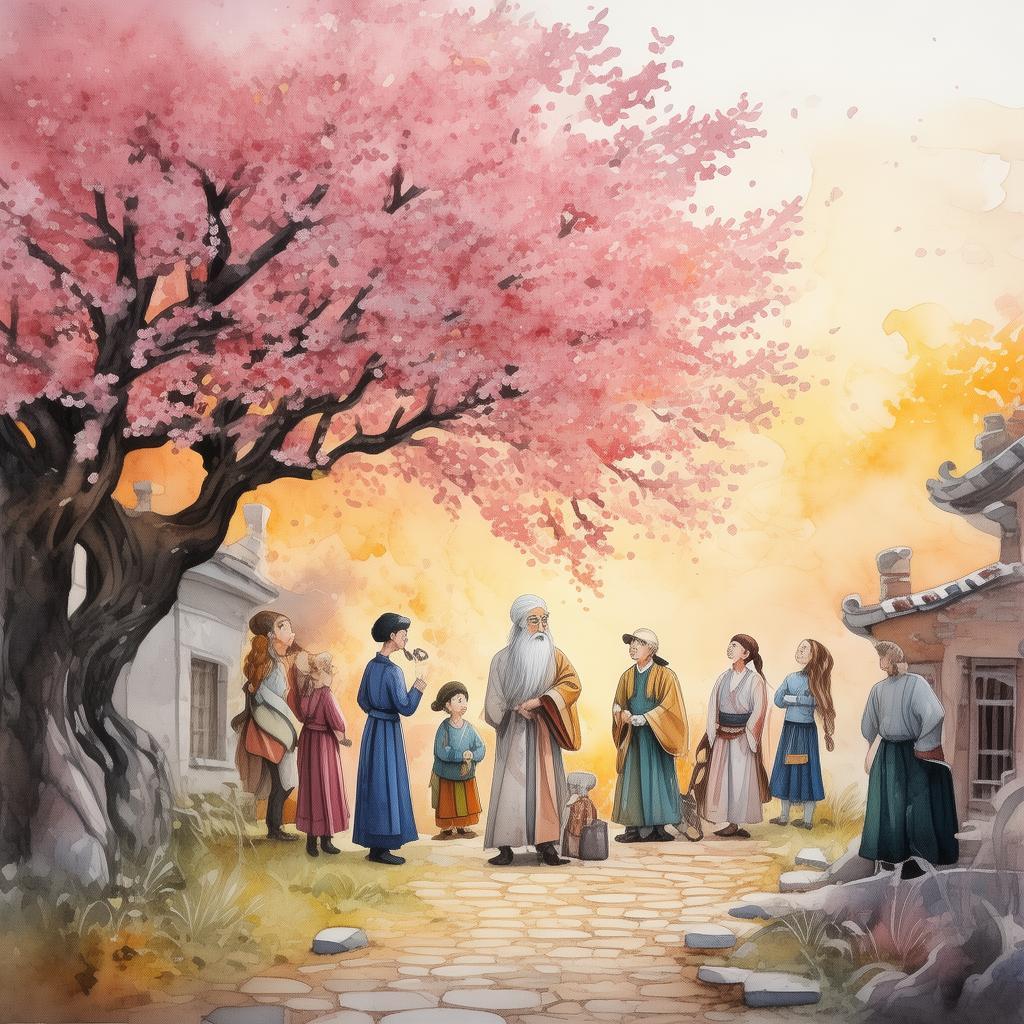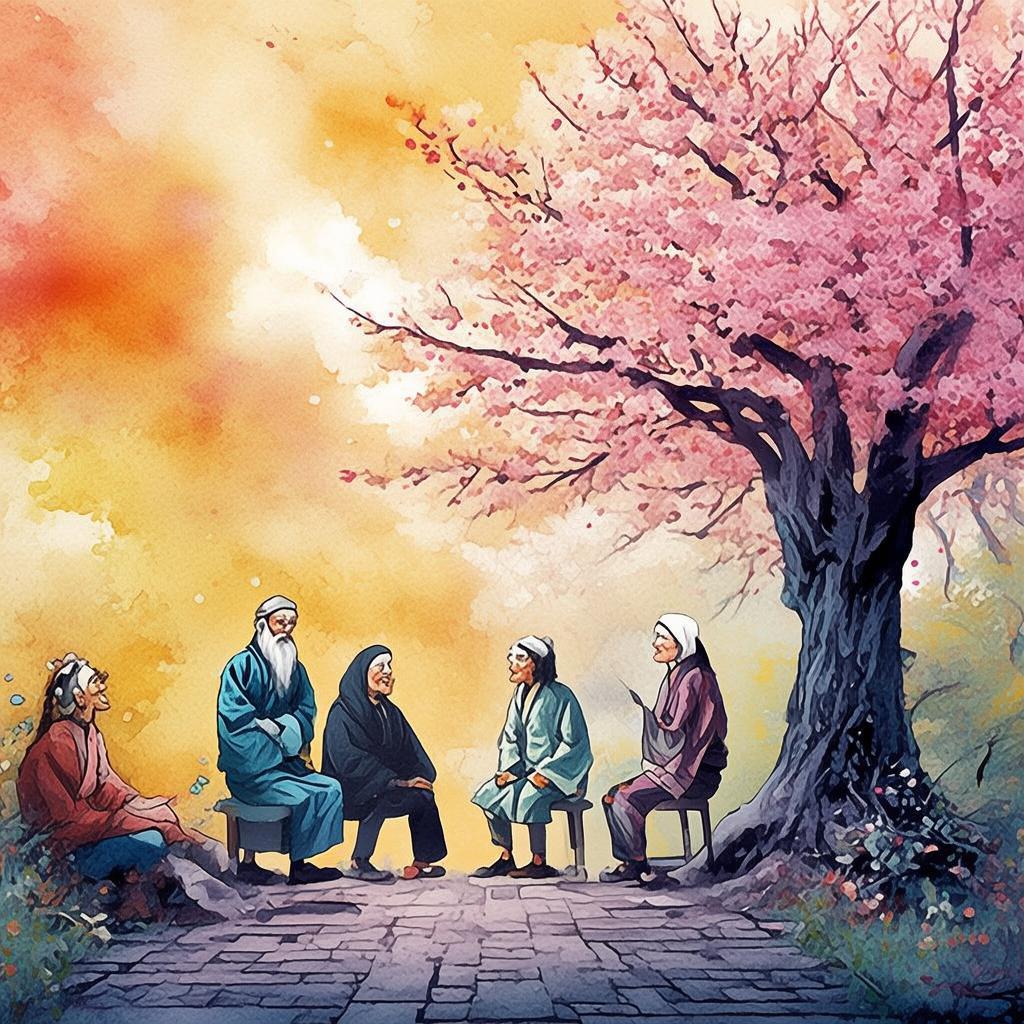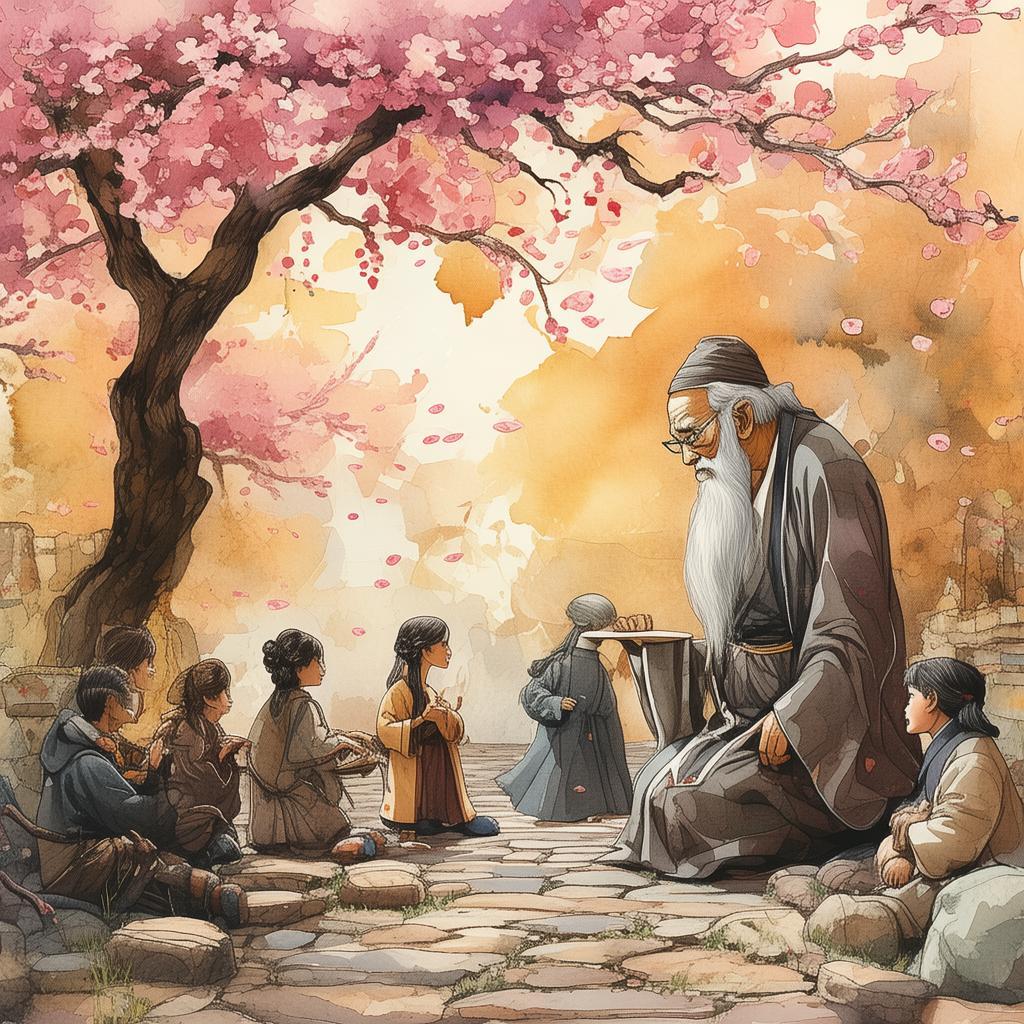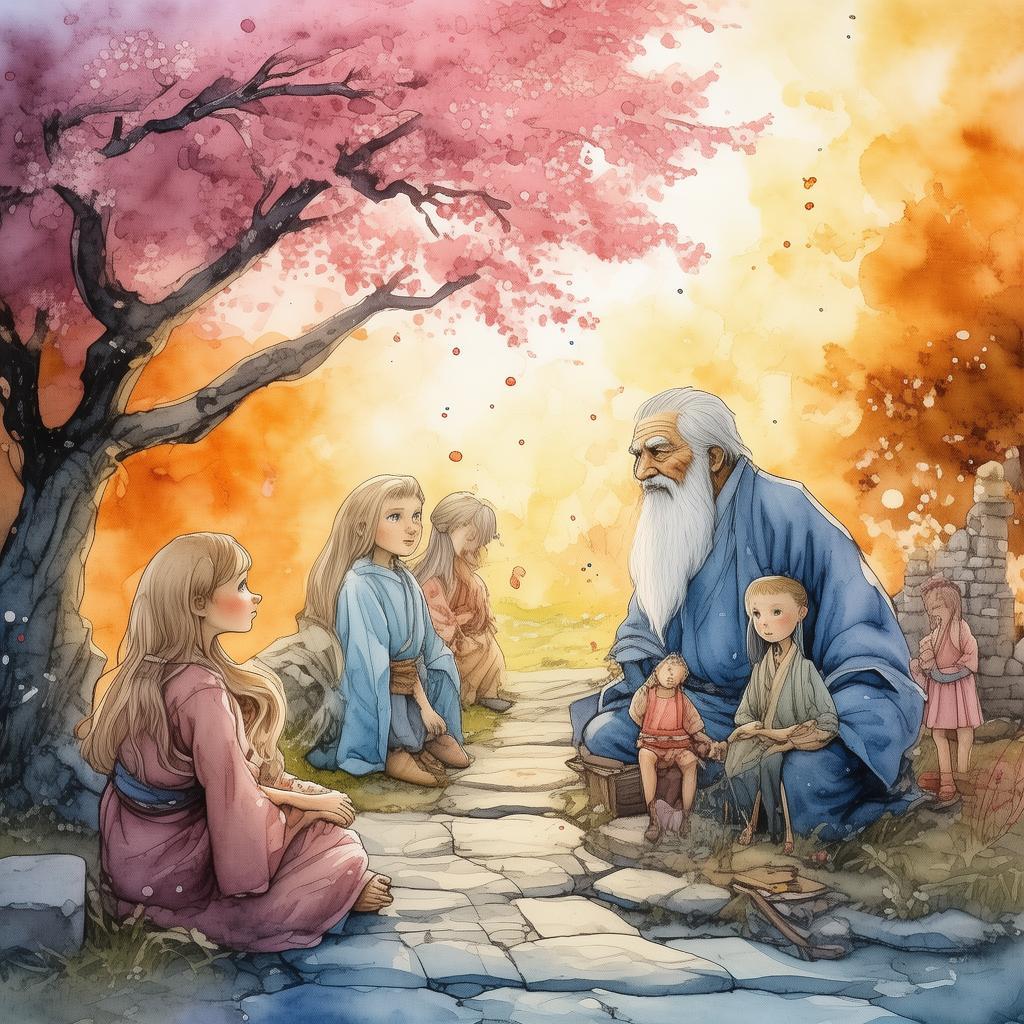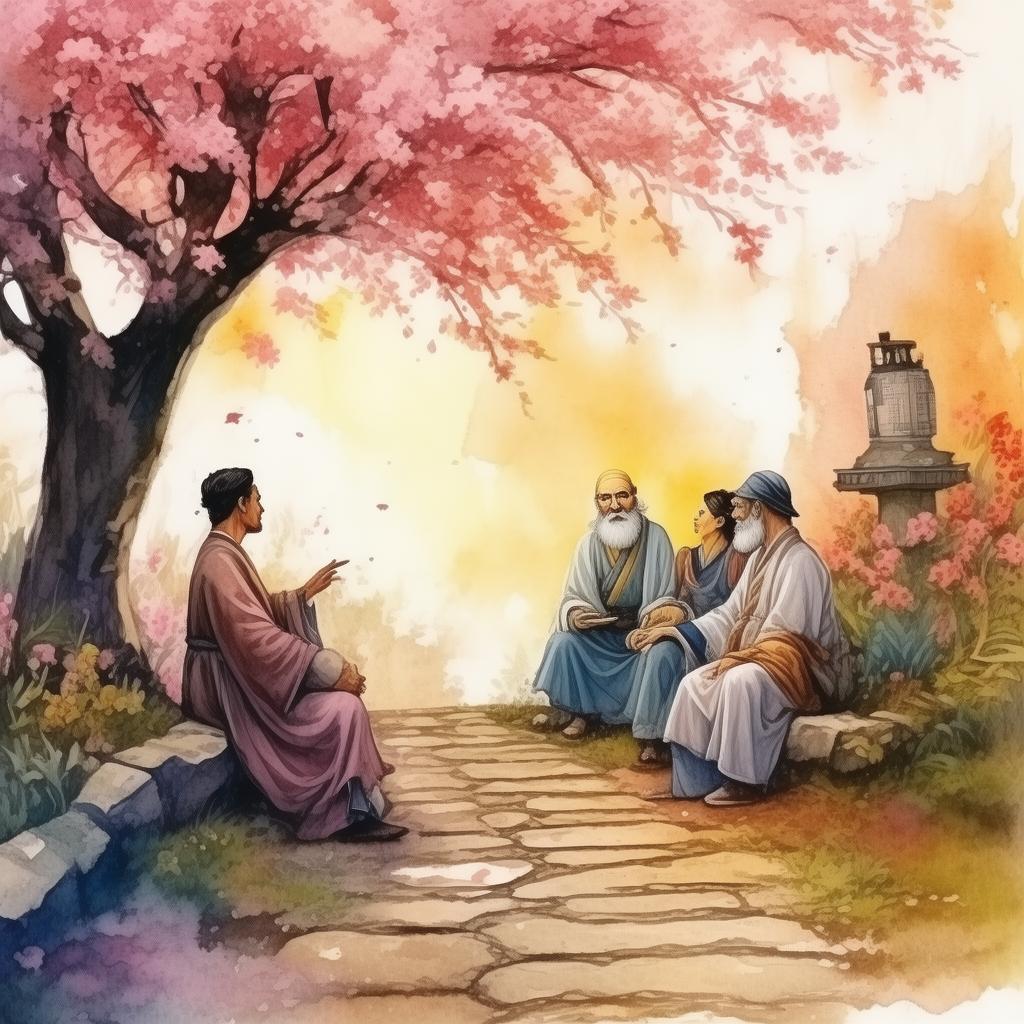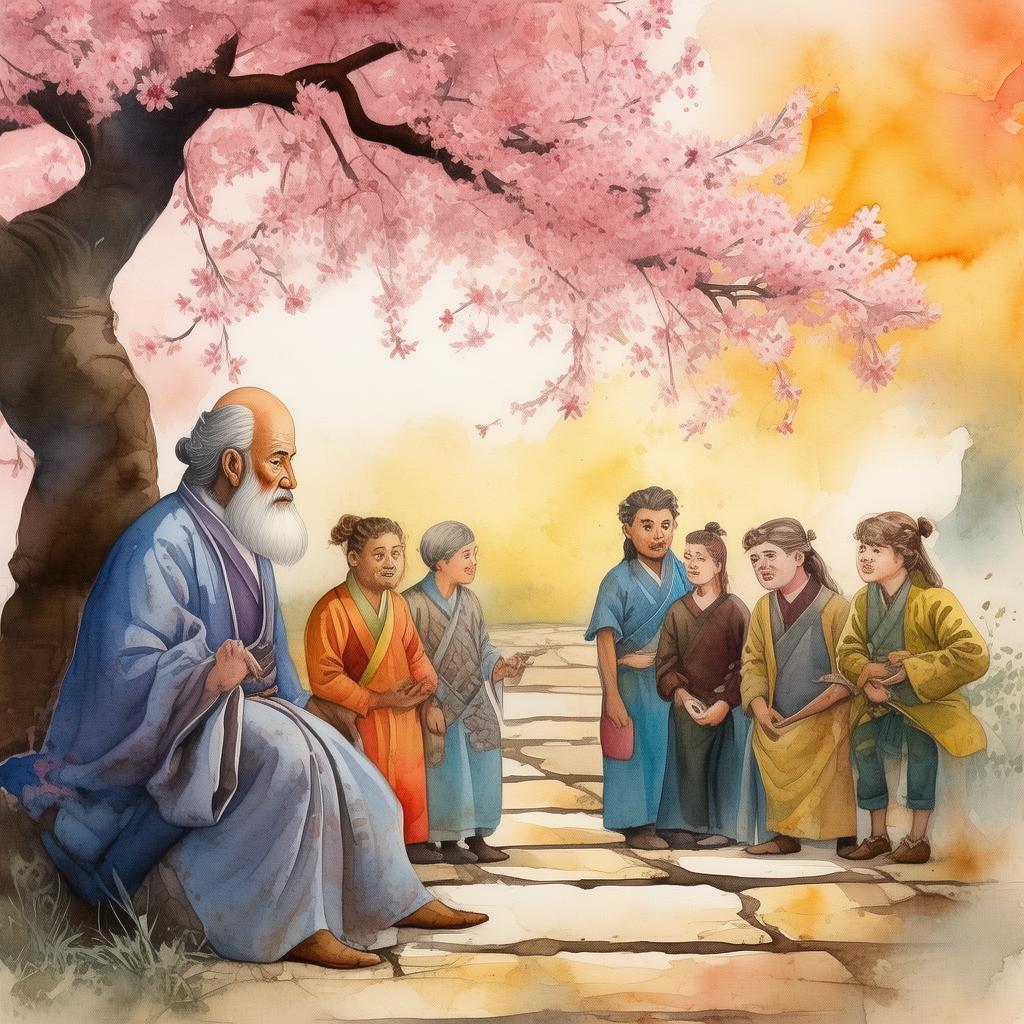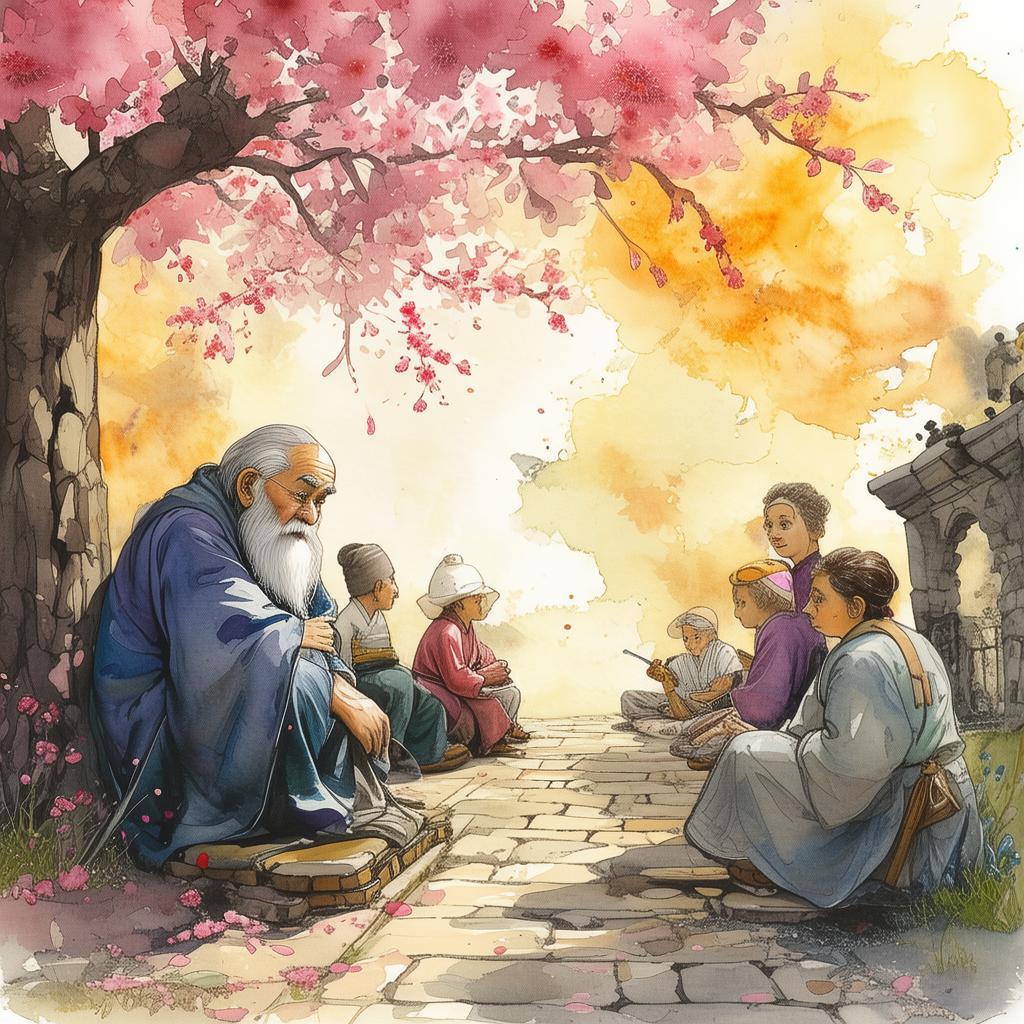The Monk's Zen Garden: A Path to Harmony
In the tranquil mountains of ancient Japan, there lived a monk named Kaito. Kaito was known throughout the temple for his restlessness and lack of focus. His mind was always in turmoil, and he found it difficult to find joy in the monastic life. The other monks would often see him pacing back and forth in his small cell, muttering to himself under his breath, unable to find the tranquility that they seemed to effortlessly attain.
One day, the head monk, Master Zen, approached Kaito and noticed his distress. "Kaito," he said gently, "you have a gift, but it is one that is not being utilized. You are too caught up in the chaos of your thoughts to see the peace that lies around you."
Kaito looked up, surprised. "What do you mean, Master Zen?"
"I mean," Master Zen replied, "that you have a talent for gardening. It is said that the art of gardening can bring peace to the soul and harmony to the mind. Why don't you try it?"
Kaito was skeptical but saw no harm in giving it a try. He was assigned a small plot of land behind the temple to cultivate. The ground was rocky and uneven, and the soil was barren. It seemed an unlikely place to find peace.
However, Kaito's spirit was bolstered by Master Zen's words. He began to work the soil, removing stones and weeds, and preparing it for seeds. He found himself lost in the task, the repetitive motion of his hands a rhythm that began to soothe his mind.
Days turned into weeks, and as Kaito toiled in his garden, he began to notice changes within himself. His thoughts became less chaotic, and he found himself more at ease. The garden, once barren, began to flourish. Flowers bloomed in vibrant colors, and vegetables grew lush and healthy.
One day, as Kaito was watering his plants, he heard a voice behind him. It was Master Zen. "Kaito, come and see," he said.
Kaito turned to see a small pond that had been dug in the center of the garden. The water was clear and reflected the blue sky above. In the center of the pond, a single lotus flower bloomed, its petals unfurling in the gentle breeze.
"Master Zen, this is beautiful," Kaito said, awe-struck.
"The lotus flower," Master Zen explained, "is a symbol of purity and resilience. It grows from the muck and mud at the bottom of a pond, yet it rises above it all, pure and serene. It is like you, Kaito. You have faced the chaos within you and have risen above it."
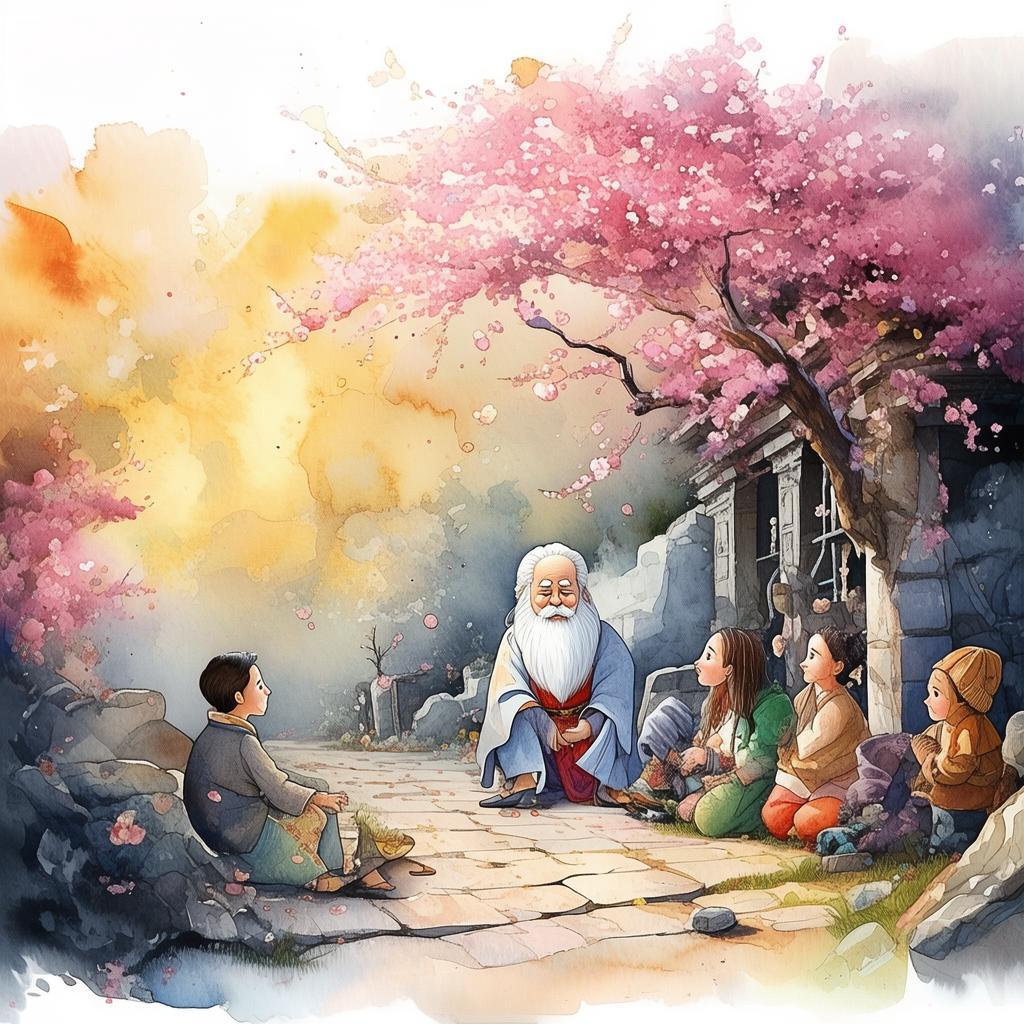
Kaito felt a wave of emotion wash over him. He realized that the garden had not only brought beauty to the temple but had also brought harmony to his own life. He had found joy in the simple act of nurturing life, and with that joy came peace.
From that day forward, Kaito became the temple's most dedicated gardener. He spent his days tending to the garden, and he found that his mind was no longer a battlefield. He was able to focus on his prayers and meditations with ease, and he found a new sense of purpose in his life.
The other monks began to notice the change in Kaito. They saw how he had found joy in his work and how that joy had spread to them. They too began to find solace in the garden, and the temple became a place of harmony and tranquility.
Kaito's journey to joy and contentment had started with a small garden, but it had blossomed into a profound transformation. He had learned that harmony could be found in the most unexpected places, and that the path to contentment was often paved with the simple act of nurturing life.
In the years that followed, Kaito's garden became a place of peace for all who visited the temple. It was a testament to the power of harmony, and a reminder that joy and contentment could be found in the smallest of endeavors, if only one were willing to seek it.
✨ Original Statement ✨
All articles published on this website (including but not limited to text, images, videos, and other content) are original or authorized for reposting and are protected by relevant laws. Without the explicit written permission of this website, no individual or organization may copy, modify, repost, or use the content for commercial purposes.
If you need to quote or cooperate, please contact this site for authorization. We reserve the right to pursue legal responsibility for any unauthorized use.
Hereby declared.
